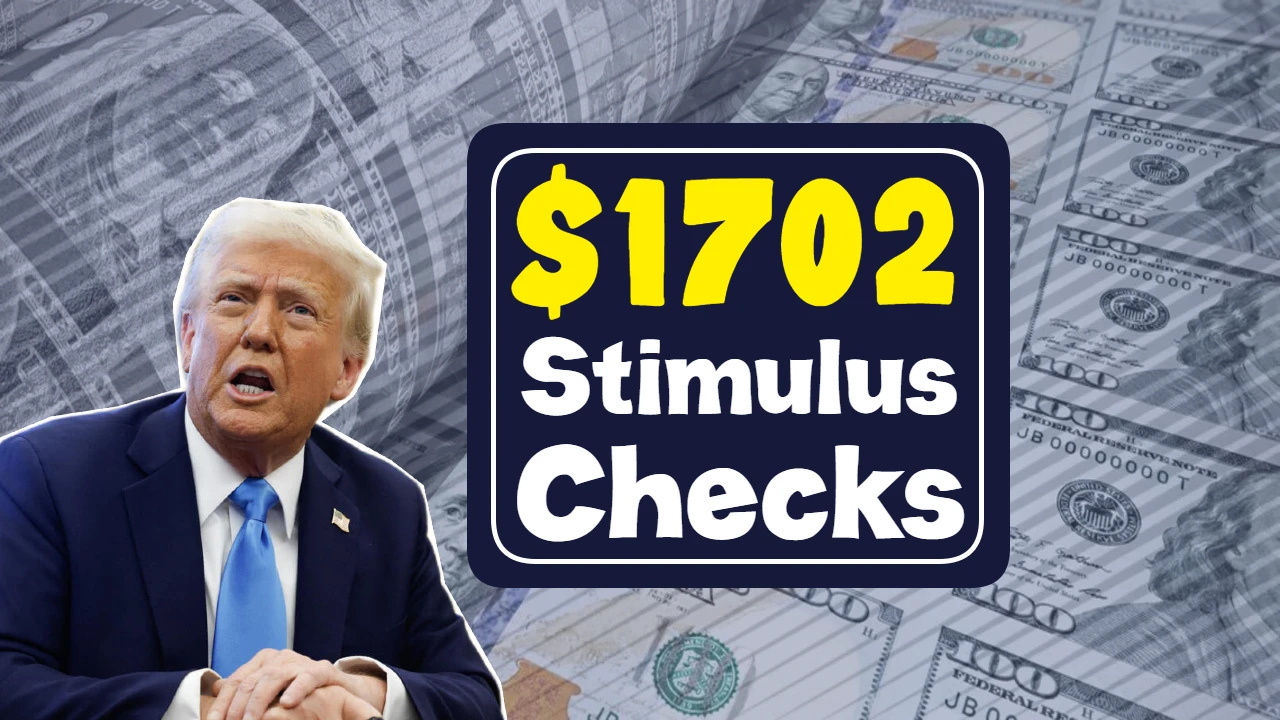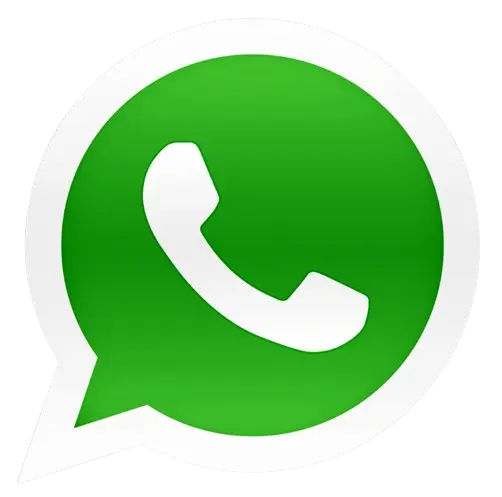$1,702 Stimulus Checks 2025:As 2025 approaches, millions of Americans are waiting for good news—and talk of $1,702 stimulus checks has raised hopes across the country. With inflation still putting pressure on family budgets, these payments could provide timely relief to those struggling to cover essentials like rent, food, and medical costs. But what exactly is this new stimulus payment, and who will be eligible to receive it?
Let’s break down everything you need to know—from eligibility criteria and payment schedules to the latest IRS updates on this potential round of financial aid.
What is the $1,702 Stimulus Check?
The $1,702 stimulus check is part of a federal relief initiative under consideration for 2025, aimed at helping working Americans, senior citizens, and low-income families cope with current inflation. Although it’s not officially called the “fourth stimulus check,” it functions much like a stimulus check—a direct payment from the U.S. government intended to inject money back into the economy and help families in need.
Unlike the first round of pandemic checks, the $1,702 payment appears to be more targeted—focusing on citizens most affected by high living costs and stagnant wages. The IRS is expected to administer this plan, as it did with previous stimulus payments.
What are the eligibility criteria?
Not everyone will automatically be eligible for the $1,702 stimulus payment. The IRS will use information from your most recent 2023 or 2024 tax return to determine eligibility. Here’s who may be eligible:
- U.S. Citizens and Permanent Residents – You must have a valid Social Security number and live in the U.S. full-time.
2. Income Limits –
- Individuals earning less than $75,000 per year can receive the full amount.
- Family heads earning less than $112,500 are eligible for the full amount.
- Married couples filing jointly earning less than $150,000 are eligible for the maximum payment.
- Payments gradually phase out for higher income levels.
3. Dependents – Families with children or dependents may receive additional funds, bringing their total payment to more than $1,702.
4. Senior Citizens and Veterans – People receiving Social Security, SSDI, SSI, or VA benefits are expected to automatically qualify if their information is up-to-date with the IRS.
5. Non-Filers – Citizens who don’t typically file taxes may also be eligible, but they must use the IRS Non-Filer Portal to register.
Payment Dates – When Will Checks Arrive?
While the IRS hasn’t confirmed an official date, insiders say the first batch of $1,702 payments could begin arriving as early as mid-October 2025.
The tentative timeline could be something like this:
- October 15-25, 2025: Direct deposits will begin for taxpayers with verified banking information.
- October 28-November 10, 2025: Paper checks will be sent to citizens without direct deposit accounts.
- Late November 2025: Corrective payments or reissues for those who experienced delays or data mismatches.
As always, direct deposit remains the fastest and most reliable way to receive stimulus funds. If your banking information has changed since your last tax filing, update it through your IRS online account as soon as possible.
How to Check Your Status
You can monitor your eligibility and payment status directly on the IRS “Get My Payment” portal. Once the program is active, you’ll be able to:
- See your eligibility status.
- Confirm whether your payment has been issued.
- Verify your deposit or mailing details.
- Update personal information if necessary.
Keep in mind that scammers often create fake websites imitating the IRS, so always make sure the URL starts with https://www.irs.gov before entering any personal information.
Why this payment is important
For millions of Americans, a $1,702 stimulus check could mean the difference between stability and struggle. With food prices, rent, and healthcare costs constantly rising, these payments will provide some relief to families during the holiday season.
In addition to providing personal relief, these payments are also designed to stimulate local economies, support small businesses, and increase consumer spending during a period of slowing growth.
Beware of Scams
The IRS will never contact you via text, phone, or email asking for personal or banking details. All legitimate updates will only be posted on the official IRS website or through mailed letters. If you receive a suspicious message, report it immediately to the IRS Fraud Department.
Q 1. Do I need to apply for the $1,702 stimulus check?
Most people don’t need to apply. If you recently filed your tax return and meet the income requirements, the payment should be automatically sent.
Q 2. Will seniors covered by Social Security receive this payment automatically?
Yes. Seniors and individuals receiving SSI or SSDI should receive this payment automatically through their normal deposit method.
Q 3. Is this payment taxable?
No. Like previous stimulus payments, the $1,702 check is not considered taxable income.
Q 4. What if I haven’t filed taxes recently?
You may need to use the IRS Non-Filer Tool to verify your eligibility and update your payment.
Q 5. Can I track the payment after it’s sent?
Yes. You can track your payment once it starts going out through the IRS’s “Get My Payment” online tool.
Final Thoughts
The proposed $1,702 stimulus checks in 2025 present a significant opportunity for financial relief at this critical moment. Whether you’re a working parent, a retiree, or someone trying to improve your situation after a difficult year, this payment could provide a much-needed boost.
Make sure you stay informed, file your taxes on time, and follow only official IRS updates. Because when it comes to economic relief, every dollar—and every piece of accurate information—really counts.

